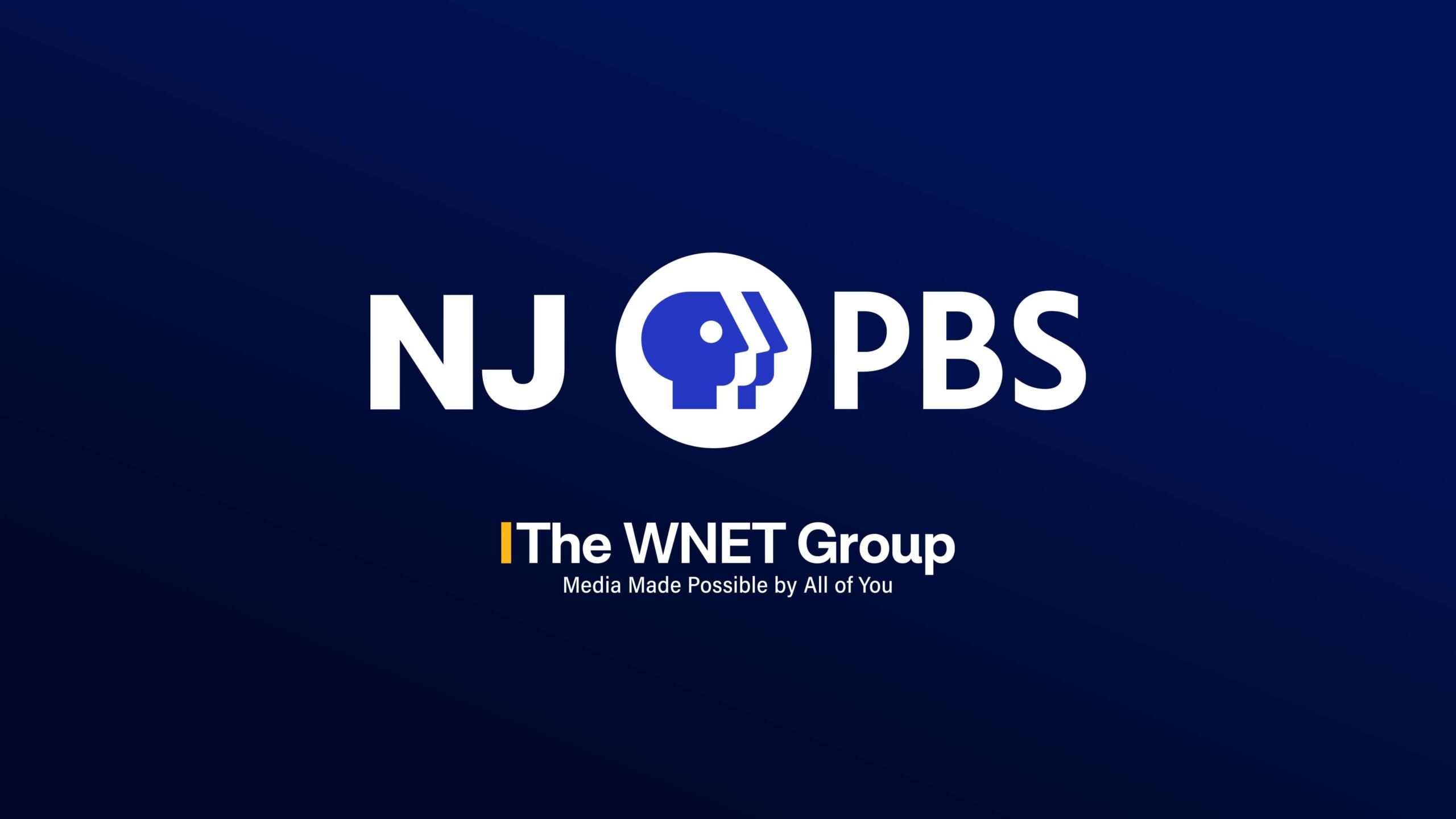Competing interests seen as likely dealbreaker for national fund drive

maradon 333 / Shutterstock
Though it may sound promising, a systemwide pledge drive for public media would get bogged down in logistics and clash with the system’s localized business model.
That’s the view of several fundraisers in public media whom we asked to consider a question submitted for our Currently Curious series: Why don’t all public broadcasters coordinate on a national pledge drive?

Hungate
“Turns out that it’s really hard to get all of the stations to want to do the same thing at the same time for a variety of reasons,” said John Sutton, GM of WESA in Pittsburgh, who contacted Current after reading about the question. Typically, stations fundraise individually and plan drives at different times throughout the year.
Tom Hungate, PD for television at Northwest Public Broadcasting in Pullman, Wash., submitted the question. He said he envisioned a coordinated effort between both public radio and TV stations that would underscore differences between public and commercial broadcasters. But he wasn’t sure how it would work.
Logistics and competing interests quashed an attempt at a similar drive more than 20 years ago, said Sutton, who led the effort. And they would keep a similar fundraiser from happening today, fundraisers said.
‘All fundraising is local’
The On-Air Fundraising Partnership, a CPB-funded initiative housed at NPR, aimed to make fundraising more efficient and effective and just “sound better,” Sutton said. The partnership received three years of funding in the early to mid-’90s.
Lamar Marchese, then an NPR board member and GM of Nevada Public Radio in Las Vegas, and other NPR board members promoted the idea of a national fundraising week, according to Sutton and Marchese. The campaign would include promos and pitches from NPR talent, coordinated at specific times among stations across the country, Marchese said.
 “A bit of a challenge was convincing NPR they should do it,” Marchese said. “I think there was some hesitation that it wasn’t their province, and maybe some reluctance on the part of the journalists to actually do pitches.”
“A bit of a challenge was convincing NPR they should do it,” Marchese said. “I think there was some hesitation that it wasn’t their province, and maybe some reluctance on the part of the journalists to actually do pitches.”
But with some pushing, organizers reached an agreement. “It came to a point where people realized that this was an idea whose time had come,” Marchese said. “Everyone was on their own; tie the network together, journalistically, and also tie the network together economically.”

Sutton
NPR would facilitate the effort and provide content. Small and medium-sized stations found the on-air spots and scripts useful, Sutton said. But the endeavor broke down. A number of states require organizations participating in national fundraisers to register with the attorney general’s office, presenting another hurdle. Some universities wouldn’t let stations participate. And while all pledges would have gone to stations, some stations didn’t trust NPR to take pledges on their behalf, even if the network didn’t have access to data.
“It’s not that we didn’t try to overcome these things,” Sutton said. But the effort confronted a general rule: “All fundraising is local,” as Sutton said.
The On-Air Fundraising Partnership also toyed with the idea of a “Million Dollar Hour” — bringing in $1 million in an hour. Stations would have taken calls and fielded the contributions. The hour would have included special national programming with frequent station breaks — like how stations now fundraise during Morning Edition, Sutton said, but with a little more local pitching. But too few stations signed up for the idea to get traction, Sutton said.
What common goals?
Some fundraising leaders said they liked Hungate’s idea — at least on the surface.
“It’s a re-conception of our business model in some ways,” said Melanie Coulson, executive director of member station services for Greater Public. “It would be cool to rethink it, especially with digital disruption and people listening and watching on their own in so many different ways and not even necessarily connecting with their local stations.”
But Coulson and others pointed out logistical challenges, including agreeing on messaging, overcoming varying technological capabilities among stations, working across time zones, standardizing donation forms, and determining how to collect and distribute donations. Stations also follow different fiscal years and fundraising calendars.
“What would be the ties that would pull everyone together, and what would everyone be willing to share?” Coulson asked.

Coulson
A national pledge drive could build on existing efforts such as Giving Tuesday, which started small and has gained traction, Coulson said.
Other fundraisers are more skeptical. A national fund drive would be too generic to succeed, said Anne Ibach, director of membership at Oregon Public Broadcasting. Viewers and listeners connect to radio and TV in different ways. For example, fundraising succeeds on TV when viewers are connected to a specific program, Ibach said. Radio listeners, meanwhile, develop different relationships if they listen during commutes or throughout their days.
In addition, a listener or viewer who only encounters the fund drive on their station wouldn’t know that it’s a national campaign. “It would have to be a national effort that’s everywhere and not just in public media,” Ibach said, and could employ social media, ads on buses, and promotions in magazines and on digital platforms.
Ibach was also concerned that participating in a national fundraiser would dilute OPB’s strong brand. Stations have different goals in fundraising; OPB’s on-air drives focus on acquisition and sustainer conversion rather than revenue goals, Ibach said.
“It seems like an odd idea to me, and I’m having a hard time wrapping my head around it,” Ibach said. “I think there are lots of things I can do in-house to improve my fundraising before I try to build something like that.”
Likewise, Bob Breck, director of membership at Minnesota Public Radio, said he doesn’t see an advantage in coordinating with other stations. Just coordinating fund drives within MPR and parent organization American Public Media Group would be a challenge.
MPR fundraises for its three networks — News, Classical and The Current — and all would have to agree on a fundraising schedule. MPR also works closely with APMG’s KPCC in Los Angeles, sharing administrative and digital resources.
Simultaneous drives would put stress on MPR’s call center and development operations team, Breck said. Such limitations would also complicate coordinating with public TV stations, such as nearby Twin Cities PBS.
Sutton pointed out that NPR and stations are considering ways to partner on fundraising, albeit in a capacity different from what Hungate is suggesting. Tom Hjelm, NPR’s chief digital officer, is trying to figure out how NPR can leverage national digital resources to ease listeners’ giving to local stations.
“It’s not the big telethon, but it is the same question of, ‘Is there something we can do on a national scale to help individual stations?’” Sutton said.
NPR also coordinates three fundraising weeks annually and provides stations with digital materials and a national feed of quarterly on-air fundraising spots, according to an NPR spokesperson.
Hungate said he wasn’t surprised by the skeptical response to his idea. “It’s kind of a shame, but I guess that’s the nature of the landscape we live in,” he said.
Hungate said he has heard the same explanations for why a national effort wouldn’t work. But he does think it could benefit small stations like his. At least floating the idea may inspire action, he said.
“I’m always hopeful something might catch on,” Hungate said. “The right person hears it and makes it their campaign, and it probably could happen.”
This article has been updated to include information about NPR’s work with stations on coordinating fundraising.
Submit your own question to Currently Curious in the form below. It could be investigated in a future story.







